Up Next

It was no real surprise that the mist and fog came down around the Nurburgring. After all, it is October and we are up in the mountains.
I went to the Nurburgring for a two-day event in 1984 with Tommy Byrne with my Anson F3 car for a round of the European F3 Championship. Practice and qualifying were on the Saturday and the race on the Sunday. We all went to bed on the Friday night and woke up Saturday morning to about a foot of snow!
The paddock became a hive of snowball fights and the organisers said they were going to get in snow ploughs and snow blowers with practice delayed for a few hours.
A bit later, the organisers realised that after snow-ploughing and snow-blowing a bit of the track, if a car went off it would just disappear in a snow drift – so they called time on the event and we all went home.
The F1 teams are now all faced with the challenge of making a two-day weekend work. This will be decent preparation for Imola, which for this season was always designed as the test of a two-day weekend. The only difference here is that the one practice session is scheduled be 60 minutes rather than 90 at imola – provided, of course, the weather lets them go out and play.
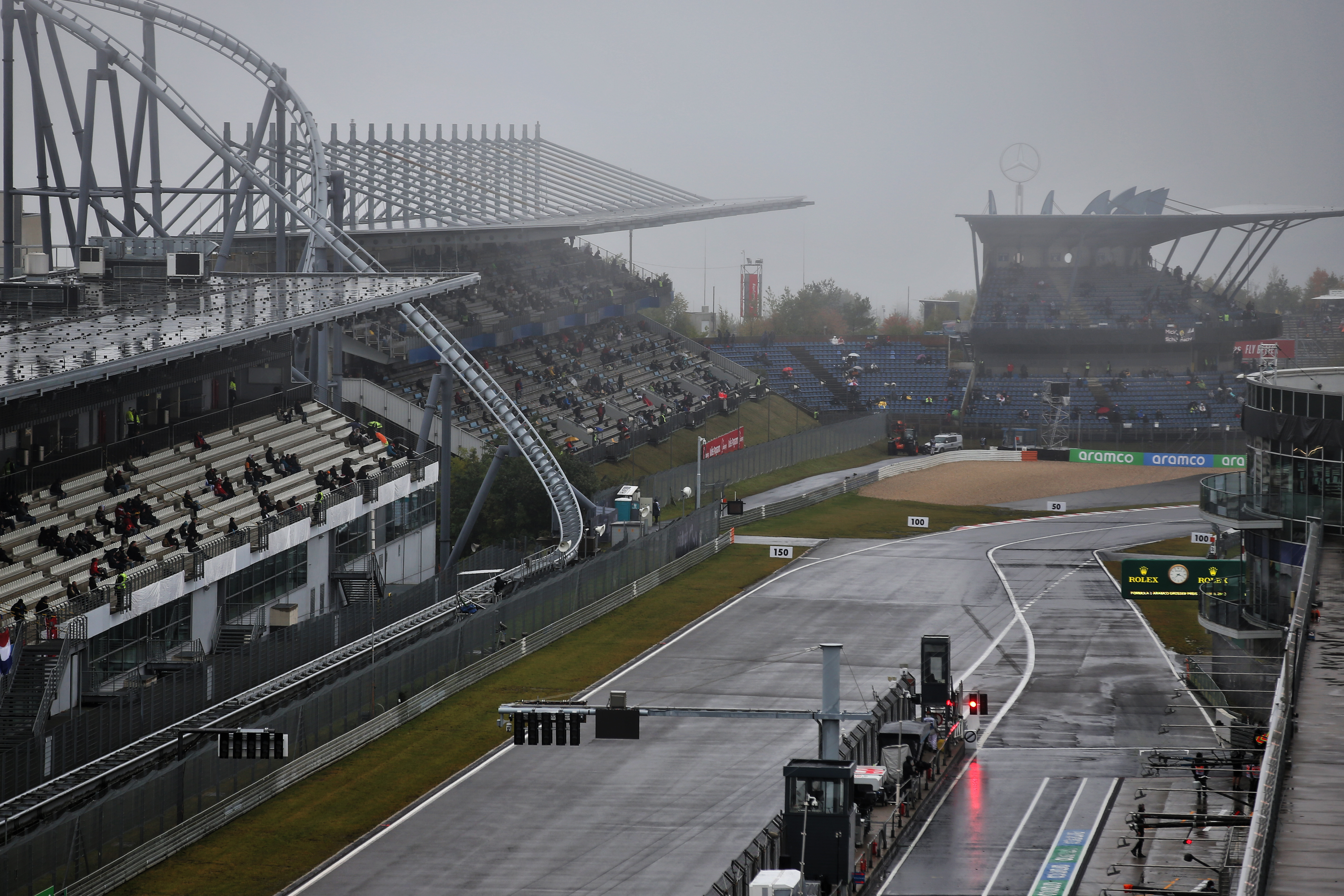
Most teams will have arrived at the Nurburgring with various test items to evaluate, not least Alfa Romeo with Mick Schumacher and Haas with Callum Ilott. Those test parts will now have to wait for their debuts on another day, but even if free practice one had gone ahead in these conditions it would have been a dismal first public day out in an F1 car for those two drivers.
With free practice two also wiped out by poor visibility, it means the teams need now to pack everything they need for this weekend in Nurburgring into a one-hour free practice session. The minimum they will want to get a handle on is the car’s balance and tyre warm-up for that one lap in qualifying, especially on the soft tyres. With the cold conditions expected over Saturday, that will not be easy.
Then you have the tyre analysis for the race. If it’s dry, which is very doubtful, most cars will want to test the soft and medium tyres on a high fuel load. They all know that the hard tyre will basically be a back-up and you can always fall back on it without too much of a gamble if the situation arises. But it will be important to find out how the softs perform and last as, again, if it’s dry most of the top 10 at least will probably be on them at the start of the race.
These tests will need to be spread out over both drivers in a team, but the reality is that it is seven years since F1 has been to the Nurburgring and only seven cars were competing in the 2013 German Grand Prix. In these days of restricted testing, the rest haven’t been able to run here in F1 machinery.
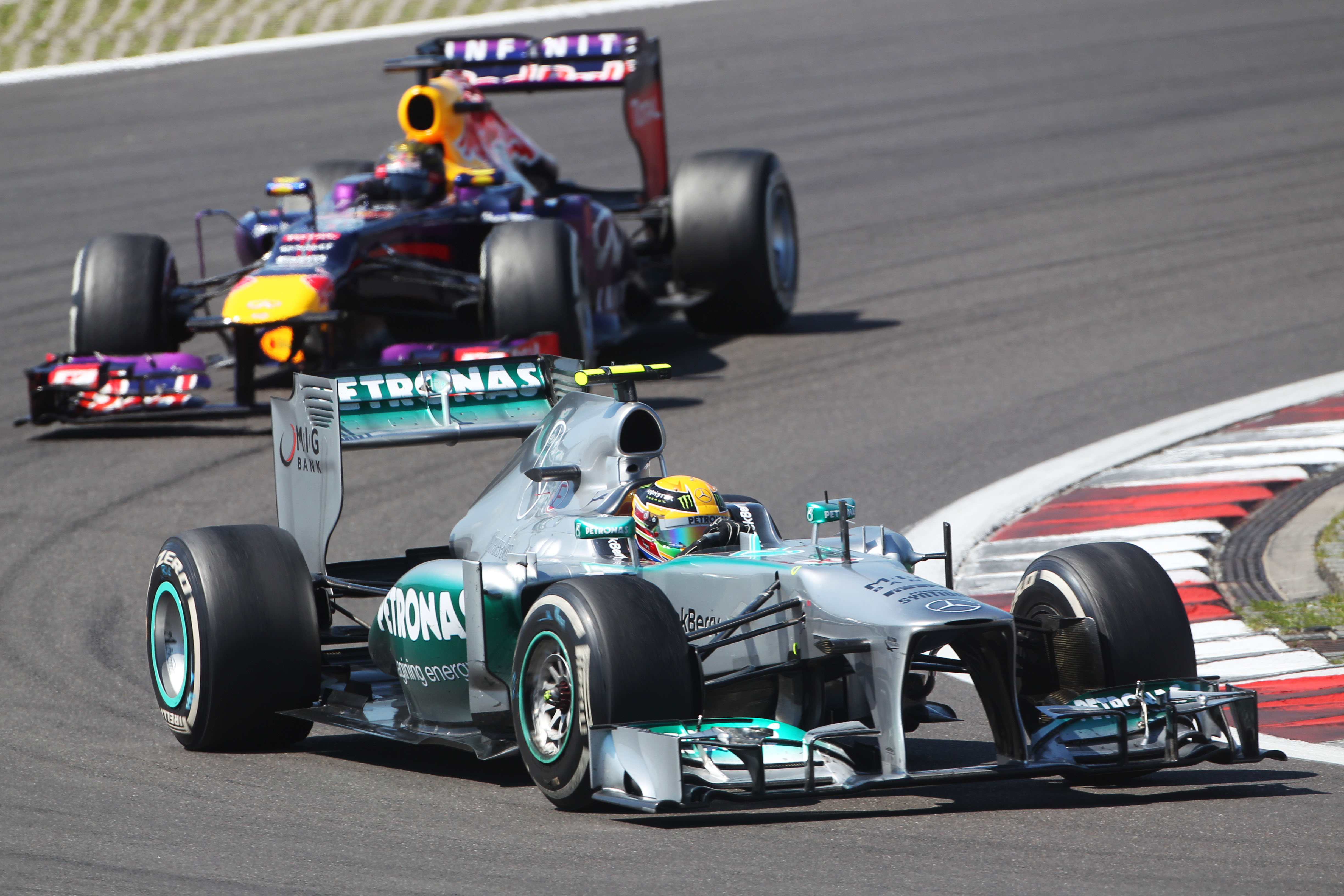
But no matter if you have or you haven’t, all the drivers will want to gather their own information and feeling from the tyres for both qualifying the race.
With the amount of data the cars gather, there is really no hiding place in terms of how the car and the tyres react. Both drivers will have access to that data, but it is all about the feeling it gives you in the seat of your pants. You want to get that feeling of how to push the tyres at the limit and we have all seen that some drivers can eke out more laps than their team-mates in the same car.
It wasn’t like that back in the old days. I remember my old friend Roberto Moreno telling me about his first experience in the Benetton when he teamed up with Nelson Piquet and replaced Alessandro Nannini after Nannini had more or less had his arm chopped off in a helicopter accident.
It was the last two races of the 1990 season and at Suzuka Piquet won with Moreno second. In Australia, all was going well through practice and they again worked together to get the best set-up.
Piquet worked on the aero set-up, with Moreno focusing on the mechanical set up. They shared that info and put the best overall set-up on the car. Unfortunately, Piquet forgot to tell Moreno that he had tested a low-downforce set-up that he found better for the race and at the last minute on the grid he reduced the downforce on his car without leaving enough time to get the info to Roberto. So he basically hung him out to dry!
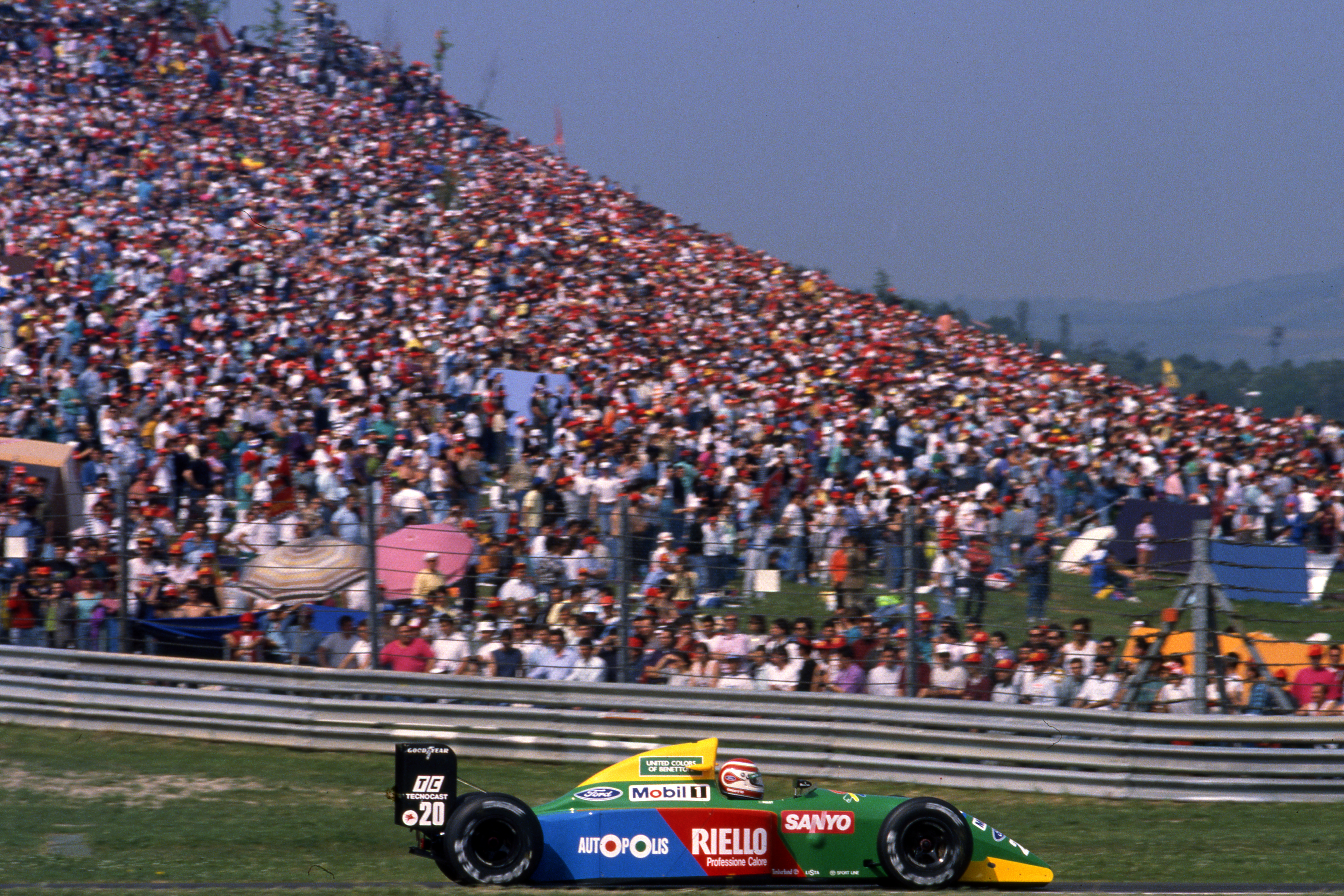
As the saying goes, the first person you need to beat is your team-mate and there is always a means of achieving that. As I said, with all the data gathered by these cars it would make that sort of situation much more difficult to implement but still I’m pretty sure that with only one practice session none of the drivers will fully come clean with their feeling on how the tyres are really working.
The plan for Saturday will all depend on if the teams were allowed to carry over any more tyres beyond the one extra set permitted to be taken into the next day thanks to the FP2 problems, and also whether they could be given an extra half hour of practice by the FIA – which would be a good idea but the timetable seems to be set in stone. But even if you have plenty of tyres, you can’t just throw new sets at the car as you also need to get data on used tyres.
The pole time when F1 last visited the Nurburgring was by Mark Webber at 1m30.079s. The teams will have done thousands of simulation laps prior to the event and, because of missing any Friday running, they will be doing hundreds more overnight so the teams with the best tools will be best-prepared. Although this year’s cars are a lot faster now, you could use this 2013 pace as a laptime to set out your schedule.
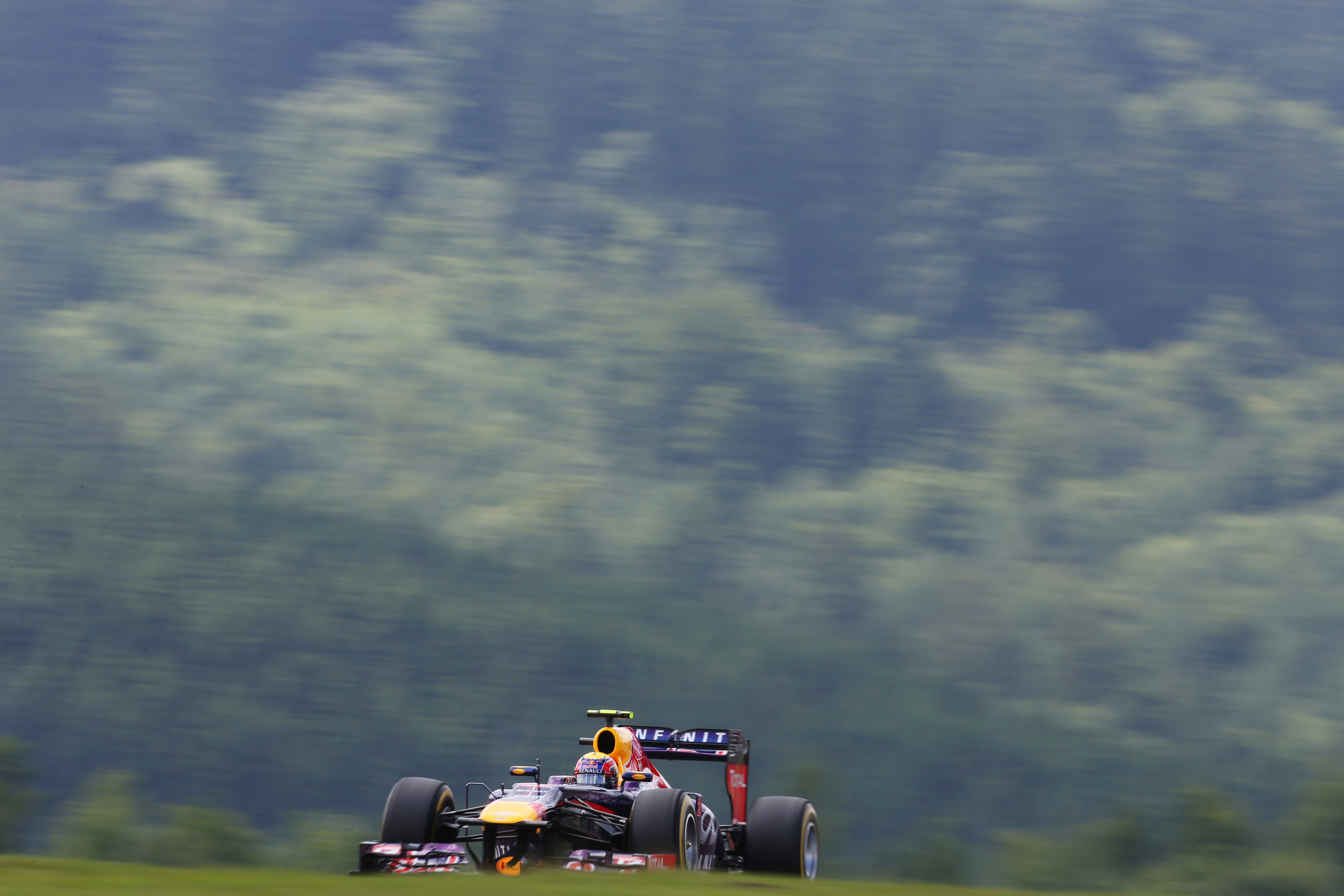
If I was putting together a plan for a dry one-hour session, I would go out with around 75kgs of fuel in the car on the medium tyres and forget about the installation lap – just keep a closer eye on the data for the first couple of laps to see everything is stabilising at the correct levels.
If it’s all OK, do a 10-lap run on those tyres straight out of the pits, with the in- and out-laps being a bit slower – that will have used up about 18 minutes and around 18kgs of fuel.
A very quick fiddle with the car’s set-up, a maximum of five minutes, put on a set of soft tyres and go for a qualifying simulation. I would plan to do an out-lap, a fast lap, a rest lap, a second fast lap and in-lap.
Then stop in the pit box for a small front wing angle change or, if the balance is okay, just go through the pits, do a practice start (in the correct place) and do another 10-lap run.
That’s used another 30 minutes and 27kg of fuel, so a total of around 48 minutes of the session and 45kgs of fuel used. That leaves roughly 12 minutes and 30kgs of fuel in the car.
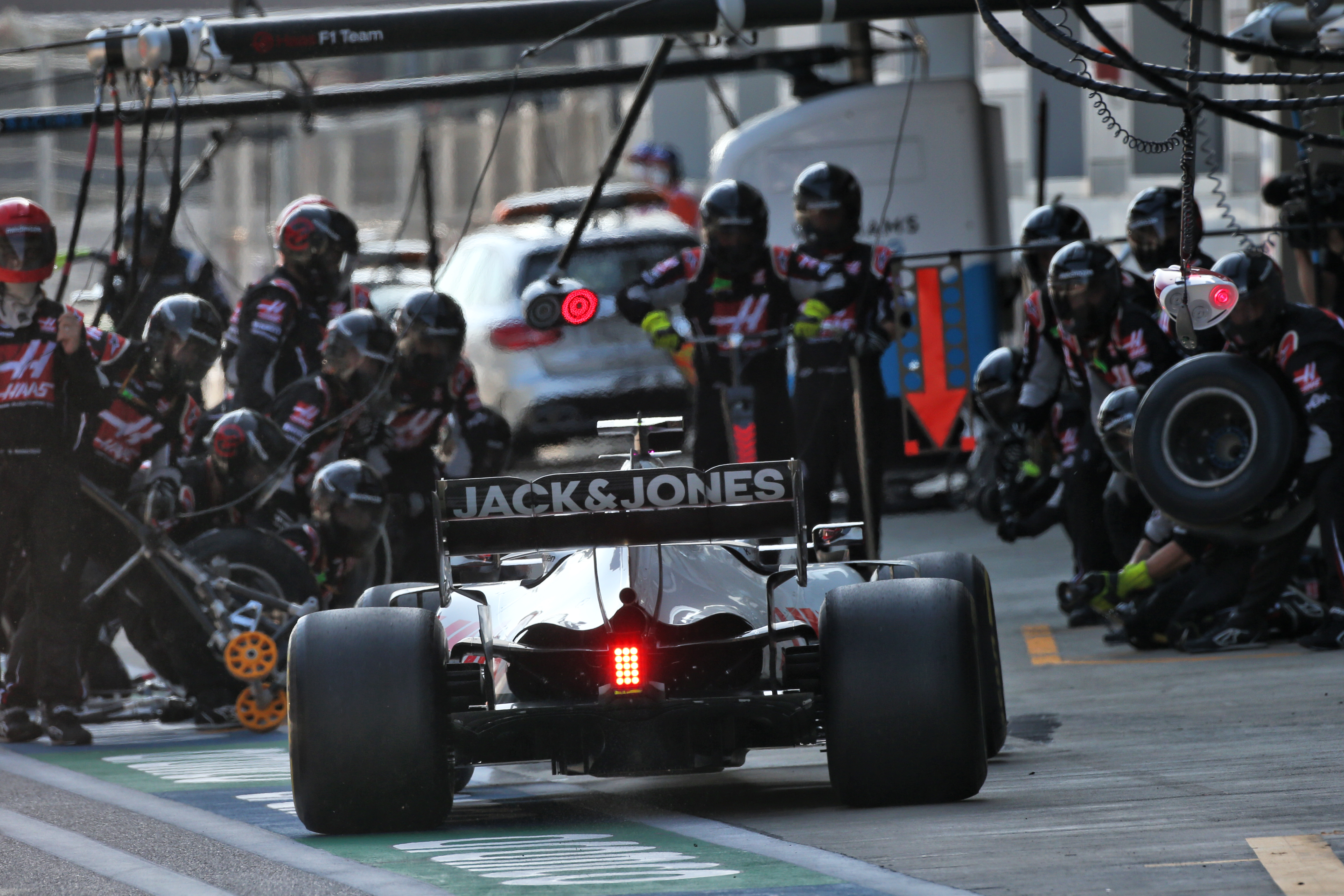
Then to come through the pits and do a hot tyre change to another set of softs and, if time permits, do the out-lap, fast lap, slow-ish lap, just get past the start-finish line before the chequered flag is waved, do a second fast lap, and then head in.
If you can achieve all of that in an hour, it will be a miracle – but if you keep a close eye on the clock it’s just about doable. Those two 10-lap runs could be altered by a lap to suit the time left.
There are no great time-saving tricks that can be done so that’s why I would start with enough fuel to just run down as the session progresses. Everyone just has to be on their toes and as efficient as possible with the in-pit communication. There’s no time to second-guess the plan, basically just get on with it.
Everyone will have to think on their feet. There is no time to lose and every second will count, especially for the midfield or backmarker teams. This situation should be taken as an opportunity to get one over the big boys, which can very easily get themselves tied down with channels of decision-making.
As I always say, you can stick your hand out from underneath the prat perch to see if it raining, you don’t have to call home, you are actually there on the cliff face!
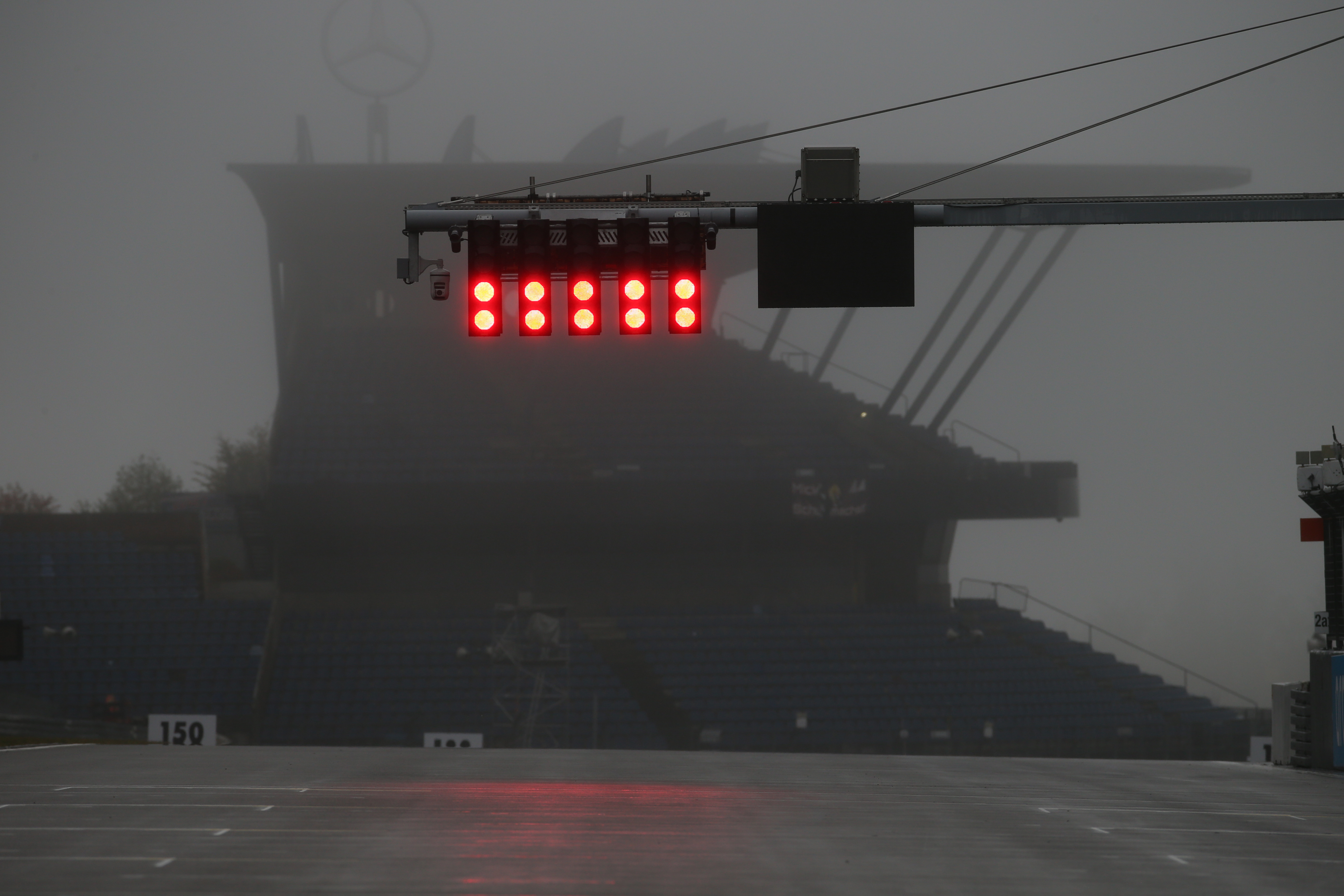
As for what happened today, I’ve been around for quite a few years and I remember back in 1974, Formula 1 brought a 40ft articulated truck that was converted into a state-of-the-art medical unit. It had everything it needed for any emergency.
This was thanks to the major safety push led by Jackie Stewart. He had seen to many of his friends and rivals seriously injured or worse, so campaigned for a major push in safety – and if that didn’t work out, then being able to address the situation medically was the next step.
Now each circuit has its own medical centre but this situation, even though it doesn’t happen very often, just shows that perhaps the Nurburgring needs something even higher-specification given its reputation for bad weather and the distance to the hospital.
There’s a reason Sebastian Vettel referred to it as Germany’s Siberia, so this is hardly a one-off.




